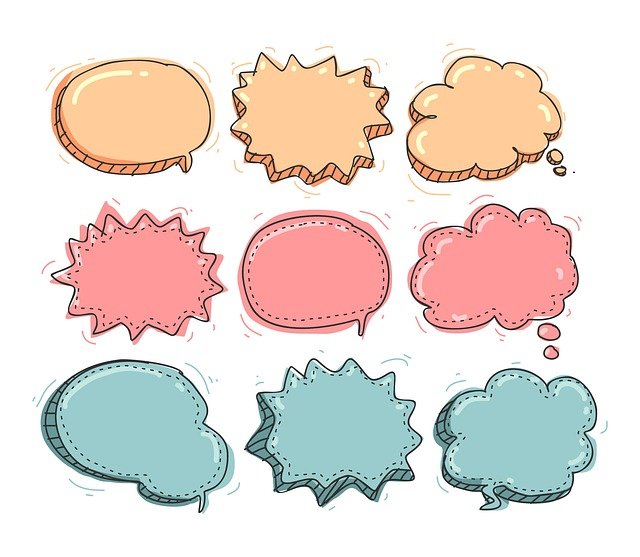There are no definite rules for writing dialogue. But, there are suggestions:
- Try to make the dialogue progress logically. If one character asks a question, make sure the other character answers it.
- If you do a good job with dialogue, the reader can (almost) tell who is talking without a tag — that’s a real skill. Be consistent throughout the story.
- When action is fast, make the dialogue short and use contractions.
- Avoid adding action after dialogue to keep the logic clear.
- Avoid: “I’m rather winded,” she said as she climbed the stairs.”
- Better: After climbing the stairs, she said, “I’m rather winded.”
- Action tags are generally preferable to dialogue tags BECAUSE:
- Authors get more bang for the words. Why use said when a few words of action embedded in a description of the story world adds depth.
- Example: The pilot said, “We are out of gas.” VS. At an altitude of 5,000 feet, the pilot tapped the fuel gauge and tried to restart the engine with no response. “We are out of gas.”
- Consider that if the word said is used ten times per page for 300 pages that’s 3000 repetitive words that could have been 3000 descriptions of a character in action.
- There is nothing wrong with the word said. When encountered in a dialogue, it barely registers in a readers mind. BUT, USE YOUR THESAURUS and mix things up. For example:
- John said, “Where are you going?”
- Sue said, “To school”
- “To school,” she said.
- “To school,” she answered.”
- “To school,” she replied.
- She responded, “To school.”
- “To school,”she explained.
- Here is a blog that will give you lots of ideas for dialogue tags.
The word “hiss” has been popular as a dialogue tag.
- She hissed into her cell phone, “Don’t ever call me again, or I will notify the Trade Commission.”
- People don’t “hiss” for more than a couple of words. Just try hissing a full sentence, your voice will be raw.
- There are better dialogue tags. (Wheezed, rasped, sizzled etc.)
Action beats and dialogue tags:
- An ACTION BEAT uses a period.
- She touched her eyebrow. “I don’t see your point.”
- A DIALOGUE TAG uses a comma.
- She puzzled, “I don’t see your point.”
Avoid long phrases before said.
- The train whistle in the distance caused a commotion, she said, “Did you hear that?”
- Better: The train whistle in the distance caused a commotion. “Did you hear that?” she said.
- Note that after the question mark the word “she” is not capitalized. (US English).
Manner of speaking
How to indicate the manner of a character’s speaking? Human perception and the readers internal voice works best by providing a very few words (2-5) before being told how they are spoken. You just need to read these sentences out-loud to appreciate the concept:
- “Don’t open the door because he might have a gun,” she whispered.
- She whispered, “Don’t open the door because he might have a gun.”
- Best: “Don’t open the door,” she whispered, “because he might have a gun.”
- “Call the fire department before the fire spreads,” he yelled.
- He yelled, “Call the fire department before the fire spreads.”
- Best: “Call the fire department,” he yelled, “before the fire spreads.”

